
An Integration Requirements Document assesses and describes the requirements for successful data integration. Much like a Systems/Software Requirements Specification (SRS), the Integration Requirements articulate the expected behavior and features of the integration project and related systems. Most Integrations Requirements Documents are part of a larger Data Integration Requirement Plan and quality of service standards. Typically, integration requirements documents include timelines, goals, expectations, rules, and roles – as well as company-specific requirements – that will encompass complete data integration from all contributors to the process.
Documents carefully outline expectations and show a homogenous agreement among the company as to how to move forward with integration.
Integration Requirement Documents include scope and input documents. They often start with establishing a current evaluation of the business and data system. Then, they will explain the problem the integration is solving for and the business operations affected. As part of this, an assessment of the current data landscape is performed.
The Data Integration Requirements Documents also provide a detailed model for the kind of integration project and architecture that will be performed, something like a blueprint. The data integration model will define what each of the architectural details are and their function. For example, will it be a cloud-based data lake or an in-house data warehouse?
The Data Integration Requirements will include all software, hardware, features, and processes that are included in the data integration.
Currently, most application integration is done through REST and SOAP services, which have been determined to meet the majority of the needs on the integration requirements document. Integration requirements have changed, particularly as data management and use has been shaped by a newer, cloud-based utility.
SnapLogic has outlined 10 of the requirements for the most contemporary, highest-functioning integrations. The “10 Modern Data Integration Platform Requirements” for a unified iPaaS are:

Last week was a pivotal point in our use of IBM DataStage. Many insignificant issues have become massive roadblocks that…
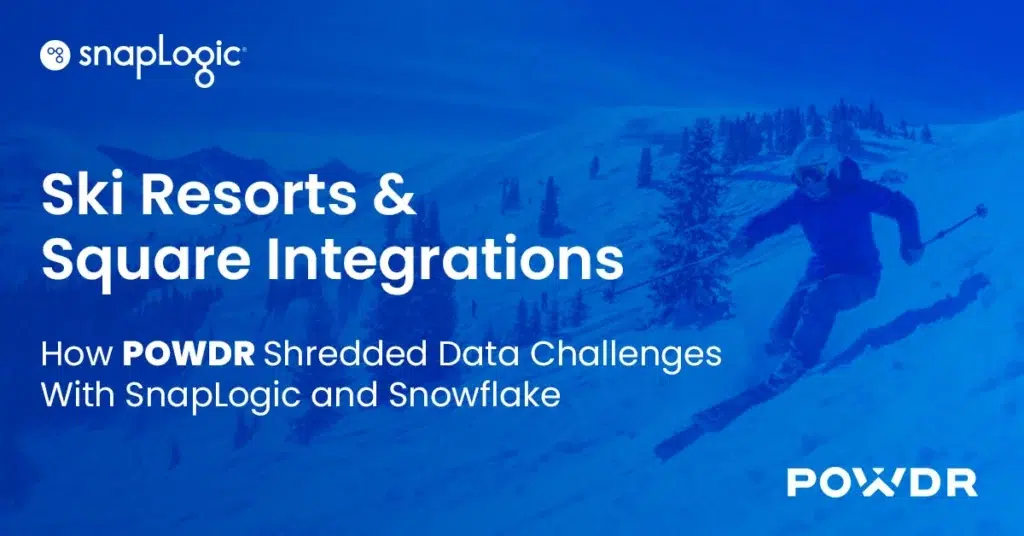
In the fast-paced world of resort and hospitality management, data integration can be a daunting challenge — especially when outdated…
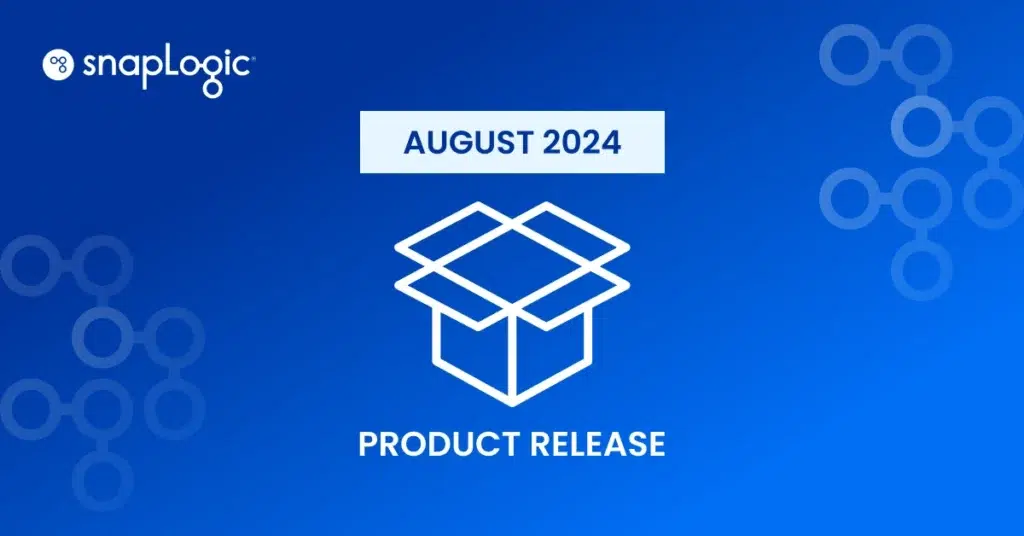
The August 2024 release of the SnapLogic platform is here! This release brings: Let’s look at the August release highlights.…
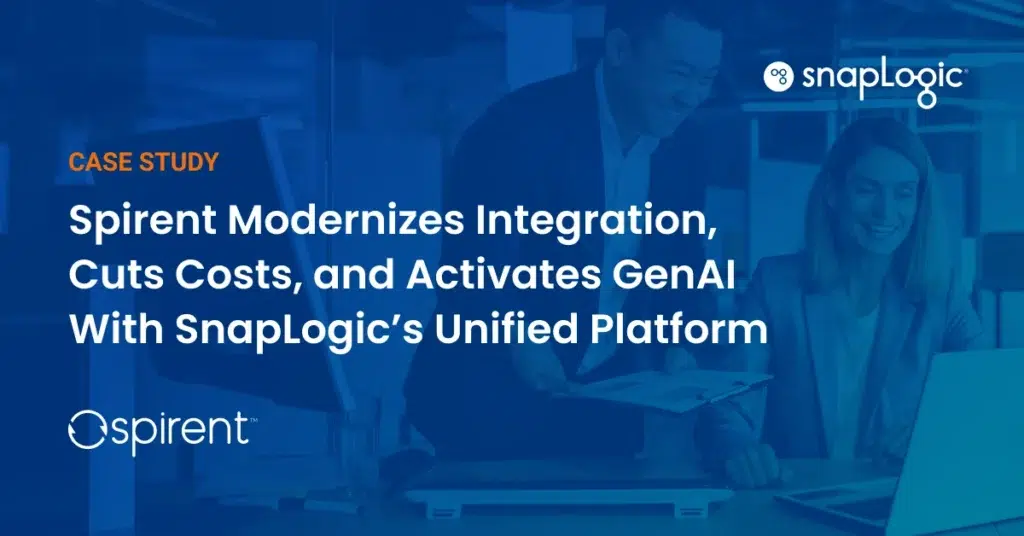 s Unified Platform case study feature" width="640" height="335" />
s Unified Platform case study feature" width="640" height="335" />
Spirent, a global provider of automated test and assurance solutions for networks, cybersecurity, and positioning, was facing internal technology challenges…

Discover how legacy data systems are hindering GenAI and data initiatives, and why migrating from outdated IT systems is crucial…
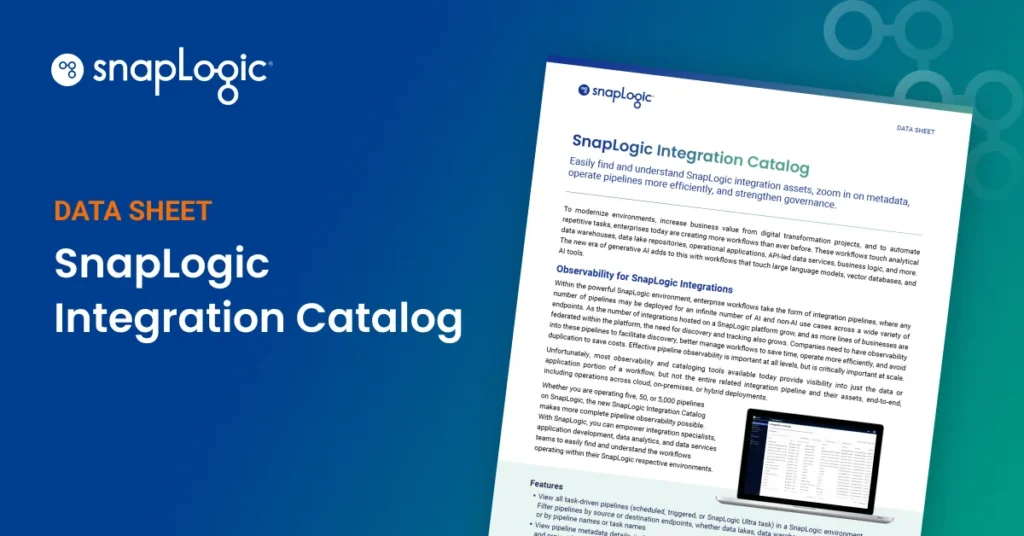
Within the powerful SnapLogic environment, enterprise workflows take the form of integration pipelines, where any number of pipelines may be…